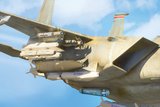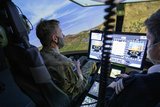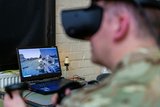How an IT giant is powering the digital transformation of global military organisations (Studio)
Brought to you in partnership with Dell Technologies OEM Solutions & Intel
Military organisations today face an age of digital transformation, an era where information and data will provide the edge in operational and tactical readiness.
Faced with a rapidly evolving threat landscape, defence ministries and agencies are pursuing various efforts that promise to deliver ‘information advantage’ in the event of any future conflict.
The cross-domain solutions of IT specialists such as Dell Technologies are playing an increasingly vital role, empowering armed forces to tap into the innovation developed across the commercial world.
Damian Murphy, an Enterprise Technologist in Dell Technologies OEM Solutions, explains that militaries worldwide are looking to the commercial sector for advances in various technologies, including AI and 5G.
Dell Technologies OEM Solutions has been creating field-ready solutions for over 20 years across a range of verticals.
‘Our customers trust us with their business because they know that we can deliver the solutions they need, at the scale they require, to meet their business requirements,’ Murphy says.
According to Greg Moore, Field CTO with Dell Technologies OEM Solutions EMEA, customer demands constantly drive innovation, and the defence sector was no exception.
‘From a defence perspective… our customers are asking us to push the envelope on size, weight, power, processing, storage, and communications capability – all of those things.’
Indeed, many of the technologies required to meet the military’s digital transformation ambitions have been rapidly developing across the commercial sector in recent years.
Manu Shankar, Business Development Director for the Defence, Safety and Security Vertical at Dell Technologies OEM Solutions, provides one stark illustration of this.
‘Ten years ago, our customers would have required 10s-20s racks to implement a computer vision solution, but today, thanks to technological innovation in areas such as AI, algorithms, 5G, servers, CPUs, RAM, storage and GPUs, we can provide these solutions within half a rack,’ Manu says.
‘These optimisations are helping us deploy computer vision and edge solutions at the tactical edge for our defence customers.’
Dell Technologies provides the IT engine that powers these capabilities through technologies and services such as its extended life programmes: XL and XE ranges with the required certifications and compliances.
For example, Moore explains that at the height of the Covid-19 pandemic, customers across many sectors were looking at ways of detecting and tracking the spread of the virus, a demand that required data analytics at the edge, driving the need for acceleration technologies in remote locations.
He notes, however, that this made cyber resilience and cyber security critical priorities for all, but especially organisations in the defence sector, which are addressing deployed data analytics workloads at the tactical edge.
‘The more technology moves out there, the more risk there is for that technology to be compromised.’
Dell Technologies focuses on these concerns from the initial design of the systems, securing the physical device, as well as protecting the data at rest and providing technologies to encrypt the communication of that data.
Added to this is the extensive ecosystem of technology partners specialising in defence sector cyber security.
Moore adds that the sheer scale of the IT giant gives it an extensive vision of the development of various technologies and trends across the 40+ verticals and sub-verticals, which can greatly accelerate the time to deployment for defence organisations.
‘What would be used for [civil] maritime workloads, for example, can be very relevant to supporting workloads for navy. Likewise, rugged systems supporting industrial automation in factories or supporting infrastructure for telecommunications, can also be deployed for defence-related workloads as well.'
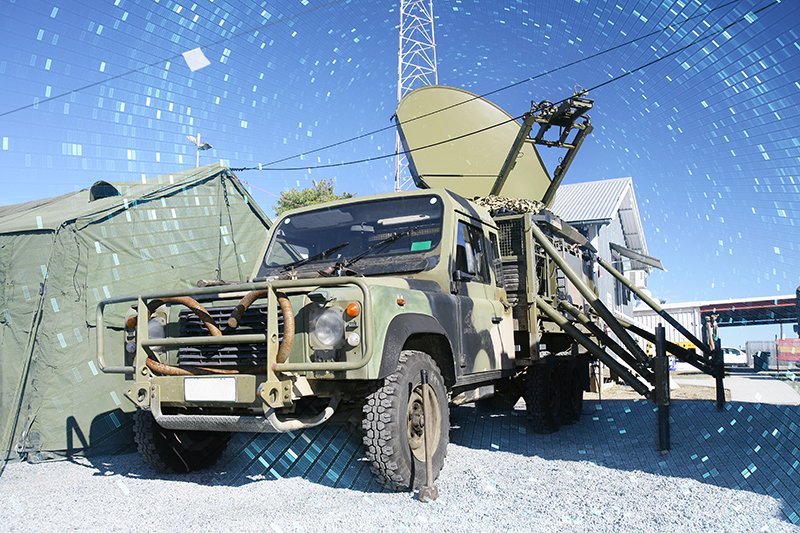
Furthermore, Dell Technologies works with clients worldwide, developing a vision of market trends.
‘With the extensive collaboration we have with our customers, we are able to provide great feedback to our product management and development teams,’ Moore says. ‘With this we get great insight into the technology trends around the world.’
This works on several levels. Moore points to the breadth of the company’s portfolio, the in-house expertise of its OEM Product Group and the range of partners that collaborate at a deep engineering level, to deliver innovation to customers.
One such partner is chip manufacturer Intel Corporation. John Brynildson, an Intel Segment Specialist for Federal and Aerospace Sales, says there is a natural fit between his company’s specialisations in developing integrated circuits and chips and Dell’s position as a computer manufacturer.
Dell Technologies offers Intel numerous advantages, Brynildson explains, pointing in particular to its expertise in security.
He says that Intel’s government and defence partners also benefit from the scale that the combined Dell Technologies and Intel offering can provide, particularly as they focus on increased use of commercial off-the-shelf (COTS) solutions to help maximize mission capabilities.
‘Dell Technologies has the advantage to leverage the scale of their manufacturing to deliver a cost-effective product, which is a real differentiator in this particular market.’
So how does Dell Technologies foster the innovation that military customers are increasingly introducing into service? Manu says it comes from Dell’s history and is embedded deep within the company’s culture.
In the defence sector, the company has regularly seen the need to offer enhanced security capability. This ranges from secure supply lines to removable encrypted hard-drives, SWaP (size, weight and power) appropriate for vehicles or two-person carry with shock and vibration dampening and protection which ensure the systems continue to operate throughout the rigours of field operations.
Manu also points to Dell’s secure supply chain experts, who ensure the company has the raw material to meet supply demands. For example, at the height of the pandemic, it was one of the only hardware technology companies to fulfil most of the customer demands within the required timeframe.
‘Finally, our product and engineering teams back us up with new technology innovations to solve our customer business requirements.’
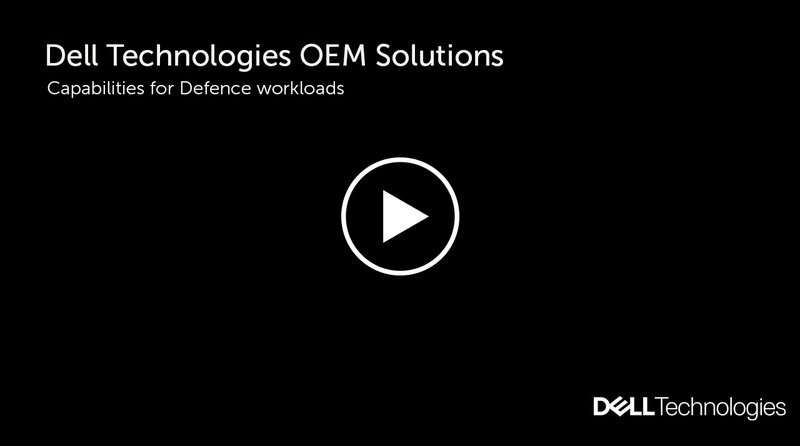
More from Studio
-
![Combat-proven capabilities: How precision-strike systems are evolving for tomorrow’s battlespace (podcast)]()
Combat-proven capabilities: How precision-strike systems are evolving for tomorrow’s battlespace (podcast)
Combat-tested technology is being reshaped to counter A2/AD threats, reduce reliance on GPS and enable faster, more autonomous targeting in complex environments. In this special podcast, experts explain how the evolving threat landscape is shaping next-generation strike capabilities.
-
![Energy evolution: How laser defence systems are powering the next phase of air defence (podcast)]()
Energy evolution: How laser defence systems are powering the next phase of air defence (podcast)
Laser-based air defence is moving from promise to deployment as global threats evolve. In this special podcast, we explore how high-energy laser systems are reshaping interception strategies.
-
![Intelligence advantage: How real-time GEOINT is reshaping military decision-making (Studio)]()
Intelligence advantage: How real-time GEOINT is reshaping military decision-making (Studio)
In today’s contested operational environment, adaptability is key. The new Geospatial-Intelligence as a Service (GEO IaaS) solution from Fujitsu and MAIAR empowers militaries by enabling intelligence advantage, combining advanced technology with human expertise to deliver actionable insights.
-
![Training Together: Unlocking Educational Excellence through Military and Industry Collaboration (Studio)]()
Training Together: Unlocking Educational Excellence through Military and Industry Collaboration (Studio)
Military training is ultimately about people. At Capita, training programmes are built on close engagement with partners, delivering an educational approach that can adapt to individual needs, cultivate leadership – and drive wider cultural change.
-
![Enhancing Military Training Through Digital Technology (Studio)]()
Enhancing Military Training Through Digital Technology (Studio)
Digital technologies offer huge opportunities for defence training. However, militaries must adopt an agile approach, placing the needs of their organisations and personnel at the centre of their efforts.
-
![Layered Defence: How new technologies are enhancing armoured vehicle survivability and manoeuvrability (Studio)]()
Layered Defence: How new technologies are enhancing armoured vehicle survivability and manoeuvrability (Studio)
As modern threats evolve, armoured fighting vehicles face a new era of challenges, from loitering munitions to kinetic energy projectiles. Advances in active, passive, and reactive protection systems are crucial to ensuring battlefield dominance, freedom of manouver and vehicle survivability.











